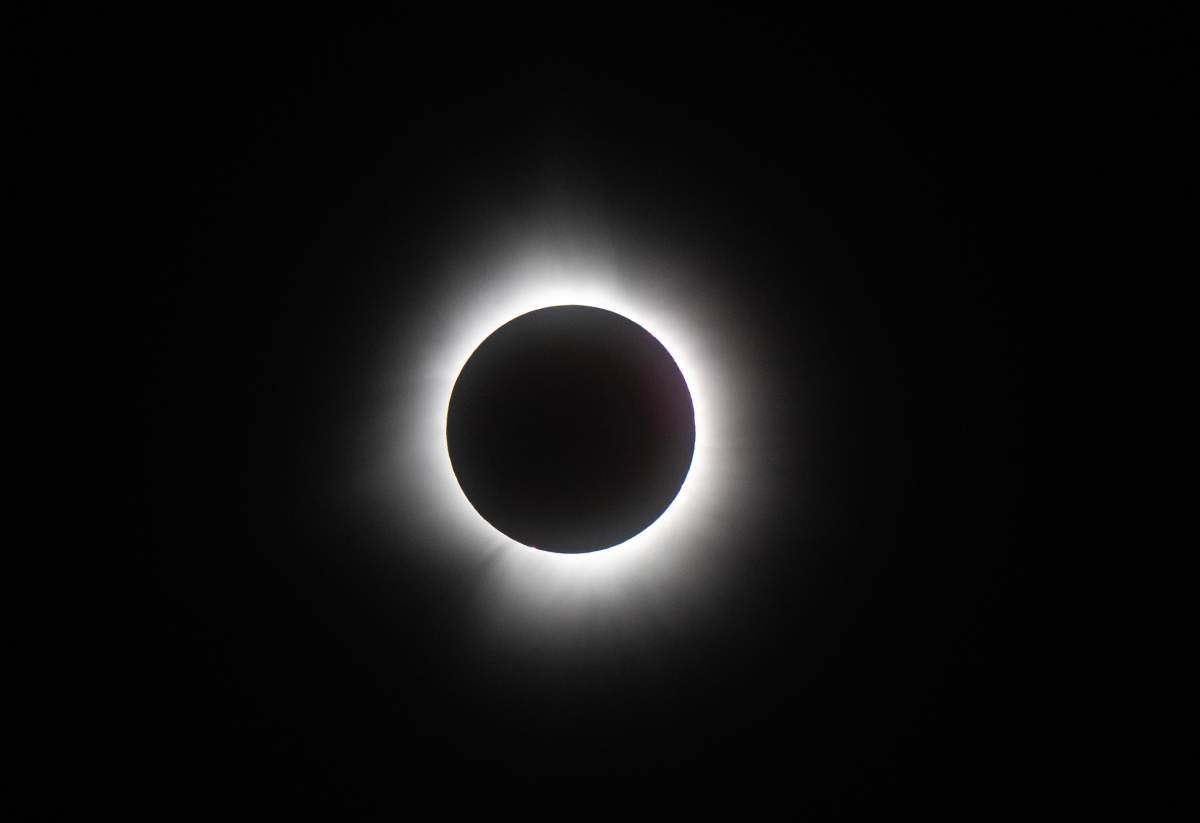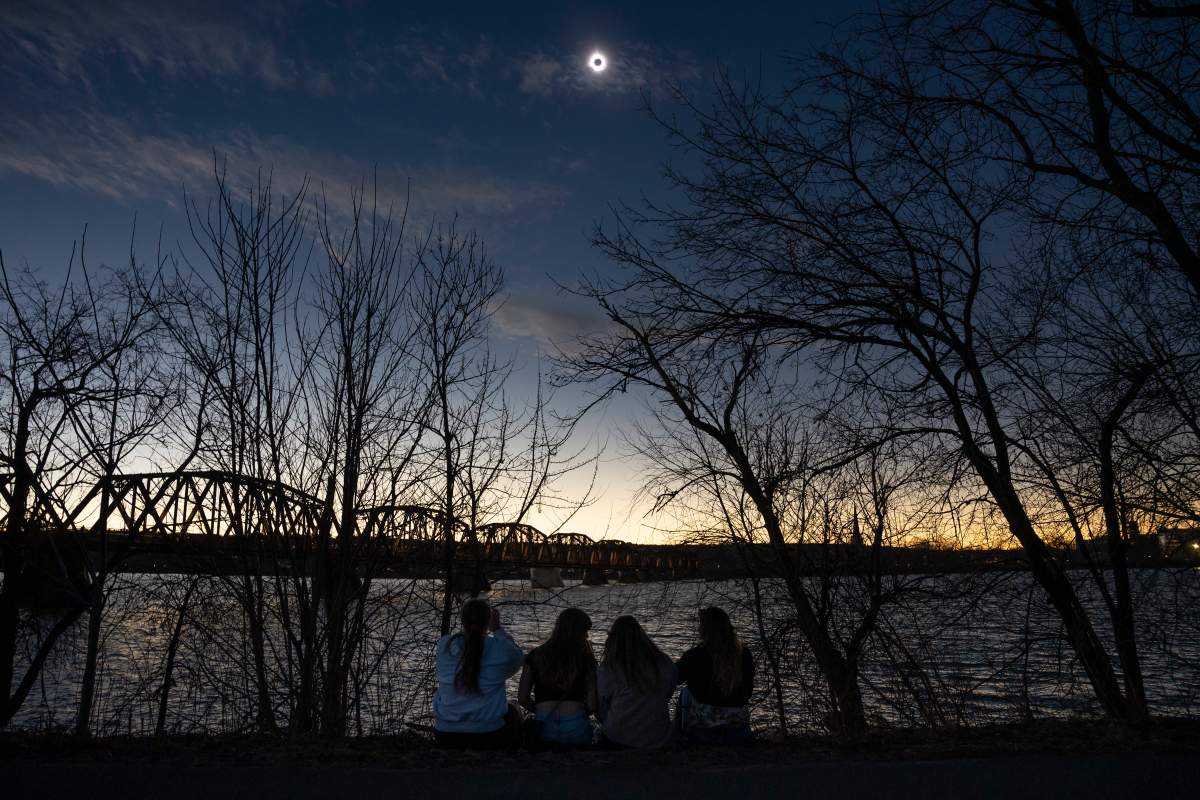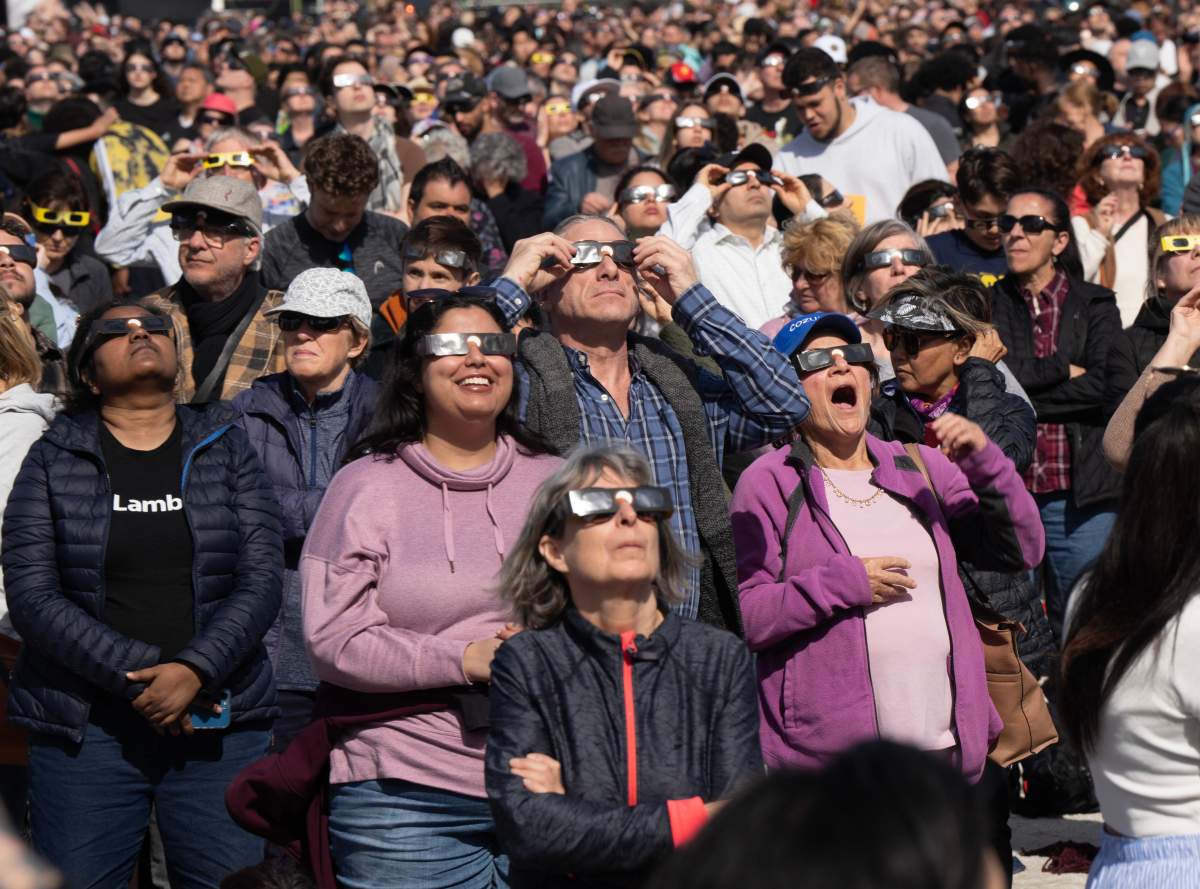If you can’t get enough of the solar eclipse phenomena after getting a taste of it Monday — or missed out — it will be a while until the next opportunity to view one.

The next total solar eclipse will be Aug. 12, 2026, and will be visible in Spain, Greenland and Iceland, according to timeanddate.com. It will be partly visible in Alert, Nunavut, and in other parts of Europe.
After that, a total solar eclipse on Aug. 2, 2027 will pass over Africa and Spain. Next up, Australia and New Zealand in July 2028.

While it doesn’t offer the full totality experience, there will be some partial solar eclipses over Canada in the next few years.
On March 29, 2025, a partial solar eclipse will be visible in Montreal, Halifax, and parts of Europe.

Get breaking National news
On March 30, 2033, a total solar eclipse will be visible in Alaska, while a partial eclipse will be visible in Toronto, Vancouver, across the U.S., Ottawa, Montreal and St. John’s, Newfoundland.
However, it will be more than two decades before an eclipse in totality is set to again cross Canada.
The next total solar eclipse that will be visible in large parts of Canada is on Aug. 22-23, 2044. According to the website, it’ll be visible in Edmonton, Calgary, Banff, other parts of Alberta, and parts of northeastern B.C.








Comments